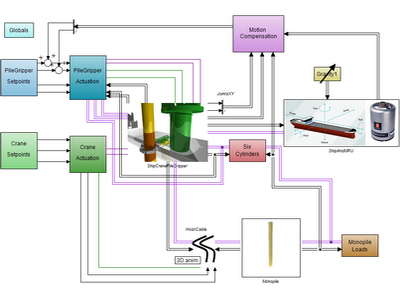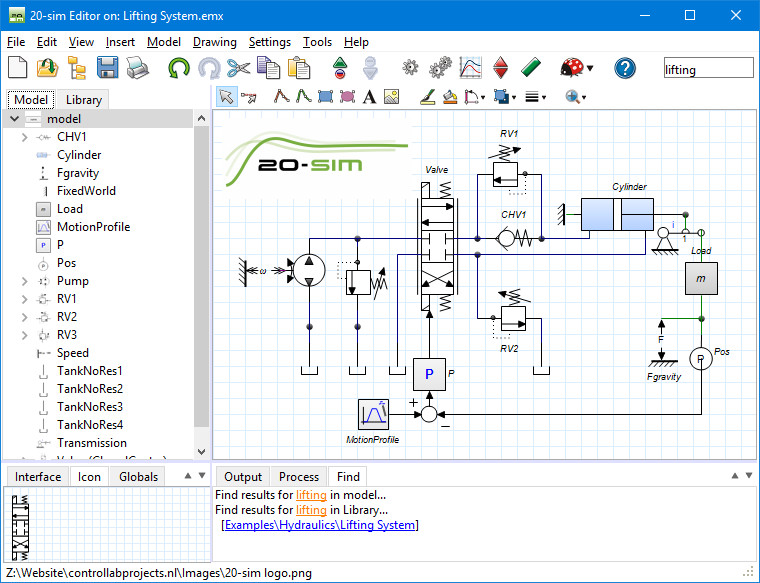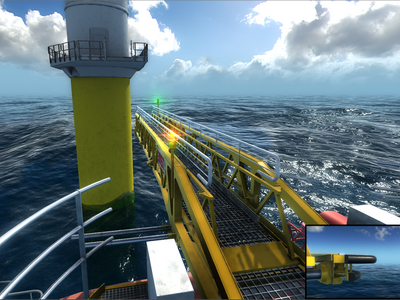How we do it
TECHNOLOGY
Software
Controllab is the owner and developer of the 20-sim software package. We use this technology to create digital twins: simulation models that we use to develop and test control systems and to build training simulators. 20-sim is versatile, allowing models to be exported as C code for rapid prototyping and hardware-in-the-loop (HIL) simulation. With built-in tools such as the 3D Mechanics Editor, Controller Design Editor, and various wizards, building and simulating sophisticated systems becomes a seamless process. The software’s integrated editor and simulator ensure a smooth workflow, supporting both graphical and equation-based modeling.
Physics
20-sim supports component based modelling. This is a modelling technique for physical systems that uses ports to connect components. Ports transfer energy from one component to the other and back. This allows us to create models by coupling individual components. We can for example connect a mass component to a spring damper component. The simulation will then show the emerging behaviour in the form of resonance. Port based model also allows us to verify that energy is conserved. With ports you therefore focus on the physics of a machine and this will result in simulation models that will mimic a real machine very well.
HIL Simulation
Our digital twins are simulation models that mimic real machines. We apply physics and use measurement data from other machines to make our simulation models behave exactly as the real machine. And we are experts in letting these models run in real-time. This allows us to couple our digital twins to external control software. This is called Hardware-in-the-Loop (HIL) simulation.
3D Animation
3D animation involves the creation of dynamic visuals within a three-dimensional environment, providing the impression that these virtual entities are navigating through a 3D realm. This intricate process utilizes advanced computer software to craft and maneuver digital objects, alongside the utilization of specialized equipment like motion capture devices. Through these tools, precise movements and lifelike animations can be achieved, enhancing the overall quality and realism of the final product.



